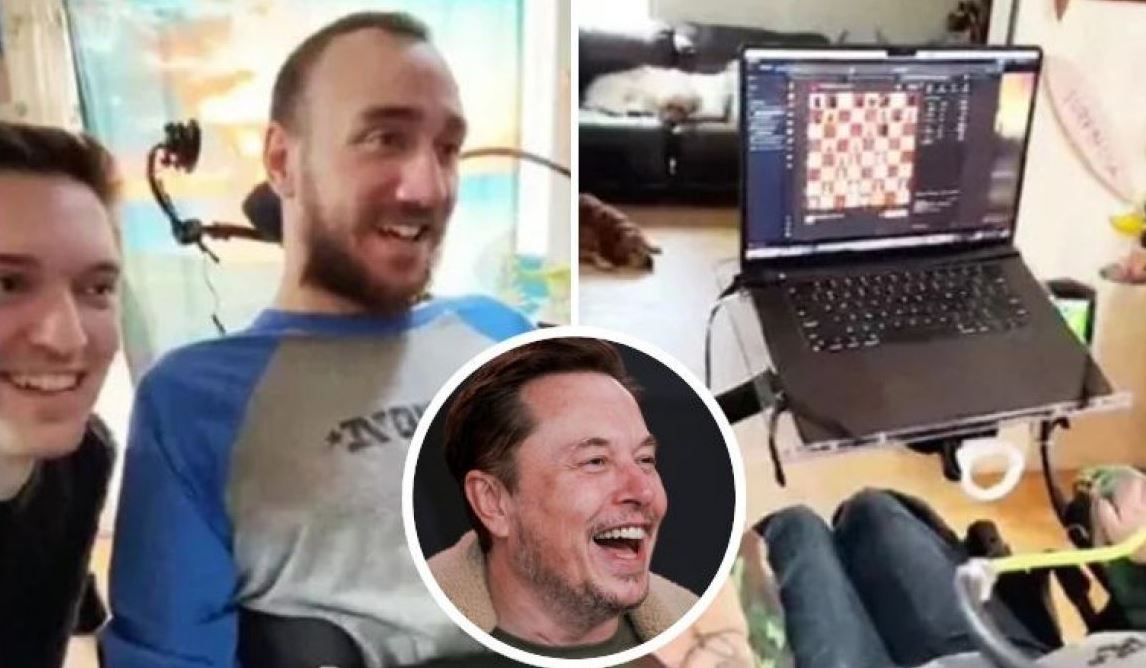Elon Musk’s brain-computer interface company, Neuralink, has released a video showcasing its first human patient using a brain implant to control a mouse cursor and play chess.
The patient, 29-year-old Noland Arbaugh, was paralyzed below the shoulders following a diving accident eight years ago. Arbaugh describes using the Neuralink implant as akin to using the Force from Star Wars, enabling him to “just stare somewhere on the screen” to move the cursor.
Elon Musk, who founded Neuralink in 2016, retweeted the video, describing it as a demonstration of “telepathy.”
— Neuralink (@neuralink) March 20, 2024
Besides playing chess, Arbaugh mentioned that the Neuralink implant also allowed him to play the video game Civilization VI for eight hours straight, though he had to pause for the implant to recharge. The US Food and Drug Administration (FDA) approved Neuralink to conduct in-human clinical trials last year, and the company subsequently began seeking test subjects for an initial six-year trial.
This video is the first instance of Neuralink showing footage of a human using its brain implant. Previously, in January, Musk announced that the first trial participant was “recovering well” after the implantation. This release comes nearly three years after the company shared a video of a monkey using the technology to control an on-screen cursor to play Pong.
Brain-computer interface technology isn’t entirely new. In 2004, a paralyzed individual used a similar interface to move a cursor, as noted by The Wall Street Journal. However, this earlier technology required wires protruding through the skin and lacked wireless data transmission. Arbaugh’s ability to converse while moving the cursor is also noteworthy, according to the WSJ.
Kip Ludwig, co-director of the Wisconsin Institute for Translational Neuroengineering, told Reuters that while the demo is promising, it does not represent a “breakthrough.” Other companies like BlackRock and Synchron have also shown how paralyzed patients can use brain-computer interfaces to control devices. Synchron’s approach is less invasive but may not collect as much neural data, according to the WSJ. Paradromics and Precision Neuroscience are also developing brain implants to compete with Neuralink.





